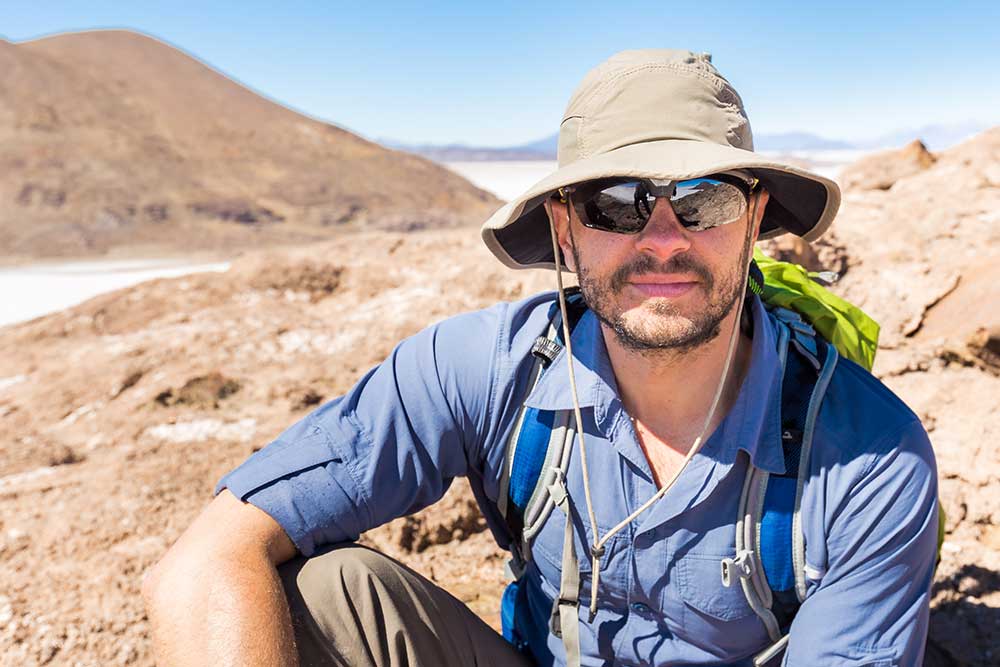All Categories
Featured
Table of Contents
What Is Geophysics And What Do Geophysicists Do? in Willetton Western Australia 2023

The main design for the radial structure of the interior of the Earth is the initial reference Earth model (PREM). Some parts of this model have been upgraded by recent findings in mineral physics (see post-perovskite) and supplemented by seismic tomography. The mantle is generally made up of silicates, and the borders between layers of the mantle are consistent with phase shifts.

Schematic of Earth's magnetosphere. Circulations from left to.
Inside the magnetosphere, there are reasonably thick areas of solar wind particles called the Van Allen radiation belts. Geophysical measurements are normally at a specific time and place.
Exploration Geophysicist: Occupations In Alberta in Dianella Australia 2022
A three-dimensional position is determined using messages from 4 or more visible satellites and referred to the 1980 Geodetic Reference System. An alternative, optical astronomy, combines astronomical collaborates and the local gravity vector to get geodetic collaborates. This approach only provides the position in two coordinates and is harder to utilize than GPS.
Relative positions of two or more points can be figured out utilizing very-long-baseline interferometry. Gravity measurements became part of geodesy since they were needed to associated measurements at the surface area of the Earth to the reference coordinate system. Gravity measurements on land can be made using gravimeters released either on the surface area or in helicopter flyovers.
Sea level can likewise be measured by satellites using radar altimetry, contributing to a more accurate geoid. In 2002, NASA launched the Gravity Healing and Climate Experiment (GRACE), wherein 2 twin satellites map variations in Earth's gravity field by making measurements of the distance between the two satellites using GPS and a microwave varying system. , which are studied through geophysics and area physics.
What Would I Be Doing As A Geophysicist? in Middle Swan Western Australia 2020

Considering that geophysics is concerned with the shape of the Earth, and by extension the mapping of functions around and in the planet, geophysical measurements include high precision GPS measurements. When the geophysical measurements have actually been processed and inverted, the interpreted outcomes are plotted utilizing GIS.
Lots of geophysics business have developed in-house geophysics programs that pre-date Arc, GIS and Geo, Soft in order to satisfy the visualization requirements of a geophysical dataset. Expedition geophysics is applied geophysics that typically utilizes remote noticing platforms such as; satellites, airplane, ships, boats, rovers, drones, borehole sensing devices, and seismic receivers.
Aeromagnetic information (airplane gathered magnetic information) gathered using standard fixed-wing airplane platforms must be fixed for electromagnetic eddy currents that are developed as the aircraft moves through Earth's magnetic field. There are also corrections associated with changes in determined potential field intensity as the Earth turns, as the Earth orbits the Sun, and as the moon orbits the Earth.
Career Opportunities In Geology in Ellenbrook Australia 2021
Signal processing includes the correction of time-series data for unwanted noise or errors introduced by the measurement platform, such as airplane vibrations in gravity information. It likewise involves the reduction of sources of noise, such as diurnal corrections in magnetic information. In seismic information, electro-magnetic data, and gravity information, processing continues after error corrections to include computational geophysics which lead to the last analysis of the geophysical data into a geological interpretation of the geophysical measurements Geophysics became a different discipline only in the 19th century, from the intersection of physical geography, geology, astronomy, meteorology, and physics.
The magnetic compass existed in China back as far as the 4th century BC. It was used as much for feng shui as for navigation on land. It was not up until good steel needles might be forged that compasses were utilized for navigation at sea; prior to that, they could not retain their magnetism enough time to be beneficial.
By taking a look at which of 8 toads had the ball, one might determine the instructions of the earthquake. It was 1571 years before the first style for a seismoscope was published in Europe, by Jean de la Hautefeuille. It was never built. Among the publications that marked the start of contemporary science was William Gilbert's (1600 ), a report of a series of precise experiments in magnetism.
Marine Geophysical Surveying - in Lockridge Oz 2021
Geochemistry, Geophysics, Geosystems. National Aeronautics and Area Administration. Obtained 13 November 2018.
Runcorn, S.K, (editor-in-chief), 1967, International dictionary of geophysics:. Pergamon, Oxford, 2 volumes, 1,728 pp., 730 fig Geophysics, 1970, Encyclopaedia Britannica, Vol. Intro to seismology (Second ed.).
Latest Posts
Geophysical Survey in Jandakot Australia 2020
Geophysics Definition & Meaning in Roleystone Oz 2021
Geophysical Survey - Explore The Seafloor in Kinross WA 2021